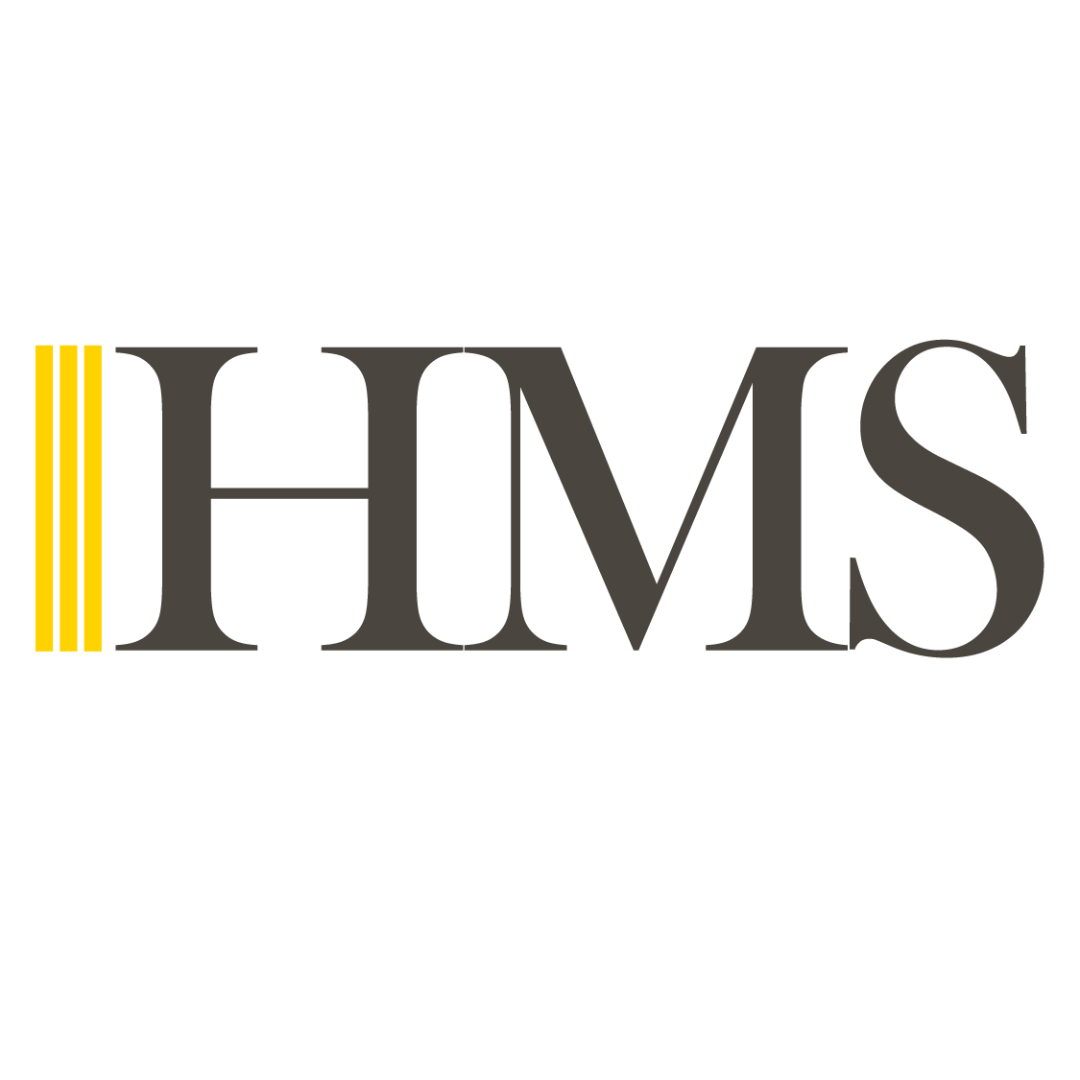The CPT Miniseries: What Is CPT? A Complete Introduction for International Students
- Tyler Howell
- Jun 18
- 2 min read
Curricular Practical Training (CPT) is a form of temporary employment authorization that allows eligible F-1 visa students in the United States to gain practical experience directly related to their major area of study. According to the U.S. Department of Homeland Security (DHS), CPT is intended to provide hands-on training that is an integral part of an established curriculum.
What Is CPT?
The U.S. Citizenship and Immigration Services (USCIS) defines CPT as employment that is "an integral part of an established curriculum and directly related to the student’s major area of study." This training can be in the form of an internship, practicum, cooperative education, or other type of required work experience offered by sponsoring employers through cooperative agreements with the student’s school.
CPT must be authorized by the Designated School Official (DSO) at your Student and Exchange Visitor Program (SEVP)-certified school and recorded in the Student and Exchange Visitor Information System (SEVIS) before you begin working. Unlike Optional Practical Training (OPT), which is typically used after graduation, CPT occurs before the program end date and must be tied to your coursework.
CPT vs. OPT: What’s the Difference?
CPT and OPT are both types of off-campus employment available to F-1 students, but they serve different purposes:
CPT is used during a student’s academic program and must be part of their curriculum.
OPT is usually used after graduation and does not require a curricular connection, though it still must relate to the student’s major.
Another major distinction is that CPT requires a job offer before authorization. OPT does not require a job offer at the time of application.
Two Types of Practical Training
The U.S. Immigration and Customs Enforcement (ICE) recognizes two categories of practical training for F-1 students:
Curricular Practical Training (CPT):
Occurs during the student’s program of study
Must be directly related to the major
Must be authorized by the DSO in SEVIS
Requires course enrollment in the term when training takes place
Requires a job offer from an employer
Optional Practical Training (OPT):
May occur before or after the student completes their degree
Requires a separate application to USCIS
Limited to 12 months total (with possible extension for STEM fields)
Summary
CPT provides a critical opportunity for international students to connect academic learning with real-world experience, but it comes with specific rules and procedures that must be followed. Understanding what CPT is and how it differs from OPT is the first step in making informed decisions about your career and immigration path.
In the next post, we’ll dive into the different types of CPT—full-time vs. part-time—and how to choose the one that best aligns with your goals.
